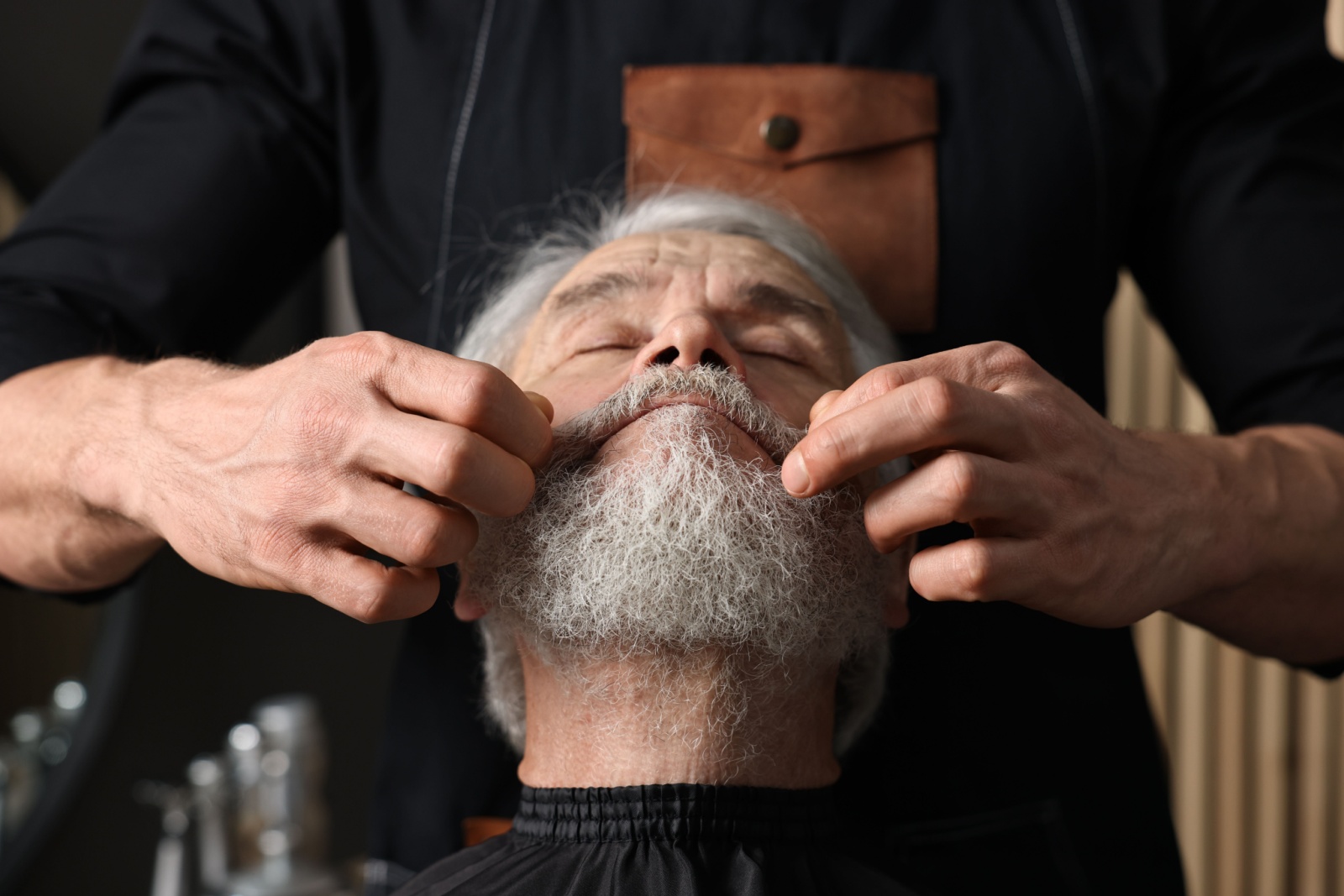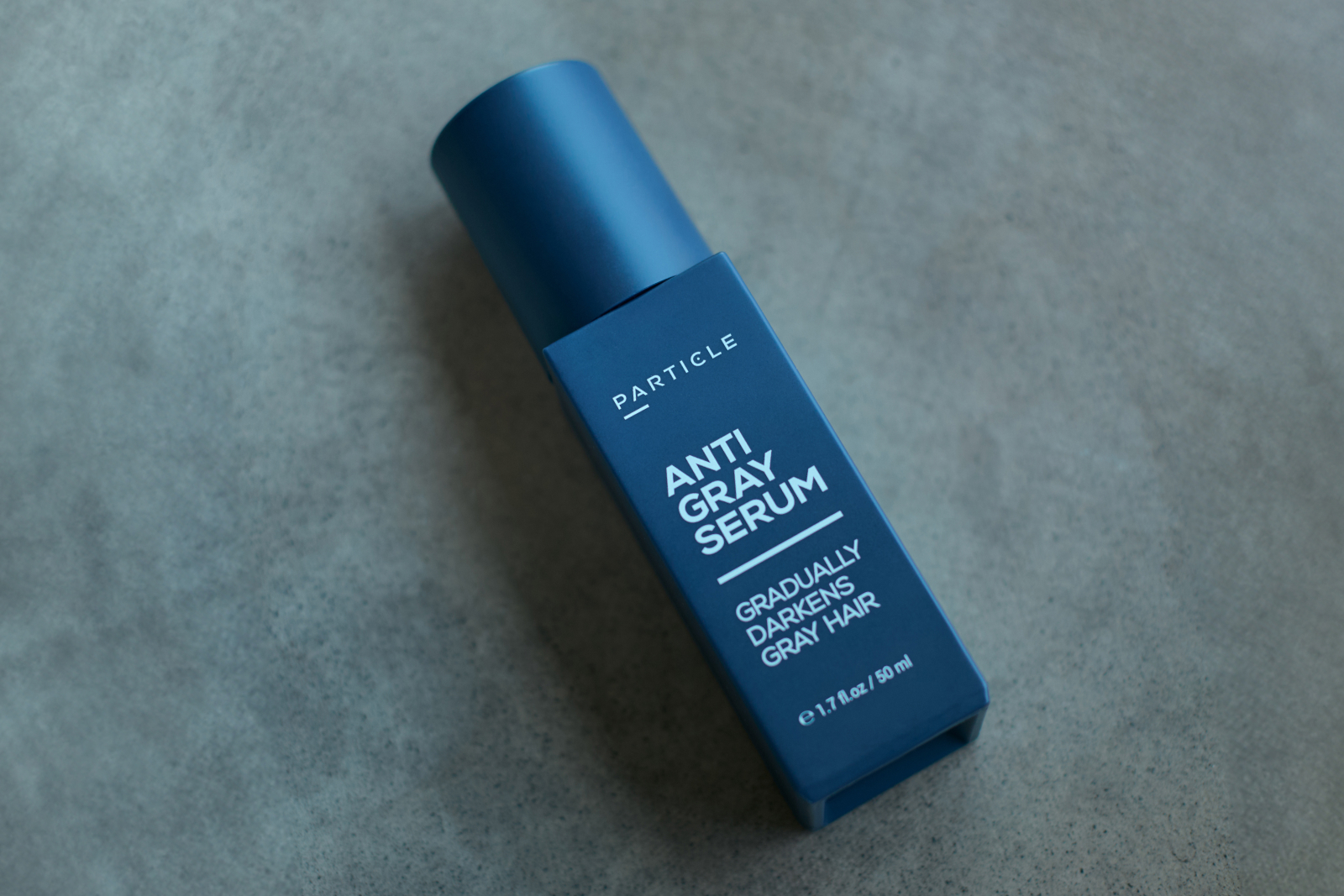Magazine
The Science Behind Particle Face Cream

Everyone wants to look their best. Nowadays, that includes men—who are looking younger and fresher than ever. Thanks to the latest skincare ingredients backed up by research, you too can help restore your youth. This requires selecting the right skincare products. Particle Face Cream is formulated with high-quality ingredients to nourish the skin and help the body fight back against environmental factors that affect the skin like the sun, aging, and toxins. This post will help you learn how the ingredients in Particle Face Cream affect wrinkles, age spots, fine lines, and other skin concerns.
Jojoba Oil
Jojoba oil has many beneficial uses for the skin, being a powerful humectant that works to seal the protective skin barrier to prevent it from losing moisture. Packed with antimicrobial and antifungal properties, it serves to help the body ward off acne, fight off bacterial infections, and prevent dandruff from developing. Studies have shown jojoba oil to be effective in managing bacterial and fungal pathogens such as candida, E.coli, and salmonella. Jojoba oil contains vitamin E, an antioxidant that helps the body fight off oxidative stress caused by everyday exposure to the environment and toxins.
Jojoba oil is the most preferred oil used for the skin, having a chemical makeup that is similar to sebum, the oily substance naturally produced by the body’s sebaceous glands. It is very likely to be non-comedogenic, which means it won’t clog pores and leads to less severe acne and fewer breakouts. Jojoba oil used topically moisturizes and soothes the skin, and also sends signals to the sweat follicles to stop additional production of sebum for hydration, keeping the skin from being so oily that it causes clogged pores and thus preventing acne breakouts.
Additionally, jojoba oil can help relieve dryness, flaking, and itching, and is therefore a suitable ingredient for those who have inflammatory skin conditions such as eczema and psoriasis.
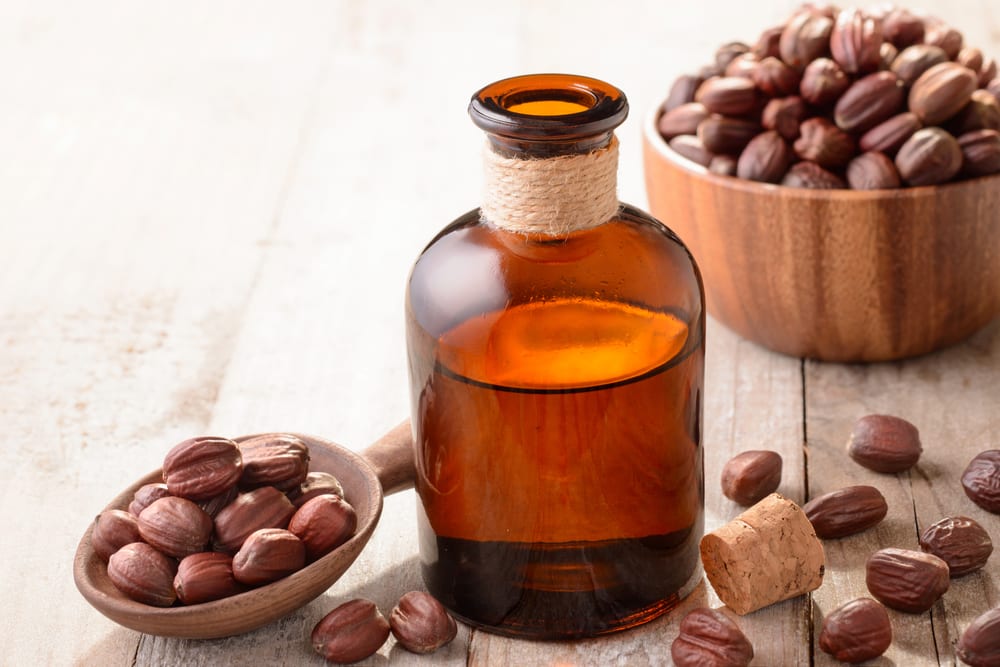
Jojoba oil has many benefits for the skin.
Vitamin E Oil
A vitamin with anti-inflammatory and antioxidant properties that make getting enough of it crucial for the skin. There are numerous studies on the benefits of vitamin E, known for promoting optimal youthful skin appearance and health. Topically applied, it helps to reduce inflammation and hyperpigmentation of the skin along with reducing the appearance of fine lines, wrinkles, and acne scars.
Shea Butter
Derived from the shea nut with high concentrations of vitamins and fatty acids, shea butter has been a popular cosmetic ingredient for centuries. Shea butter has been shown in research to be useful in soothing, toning, and conditioning the skin.
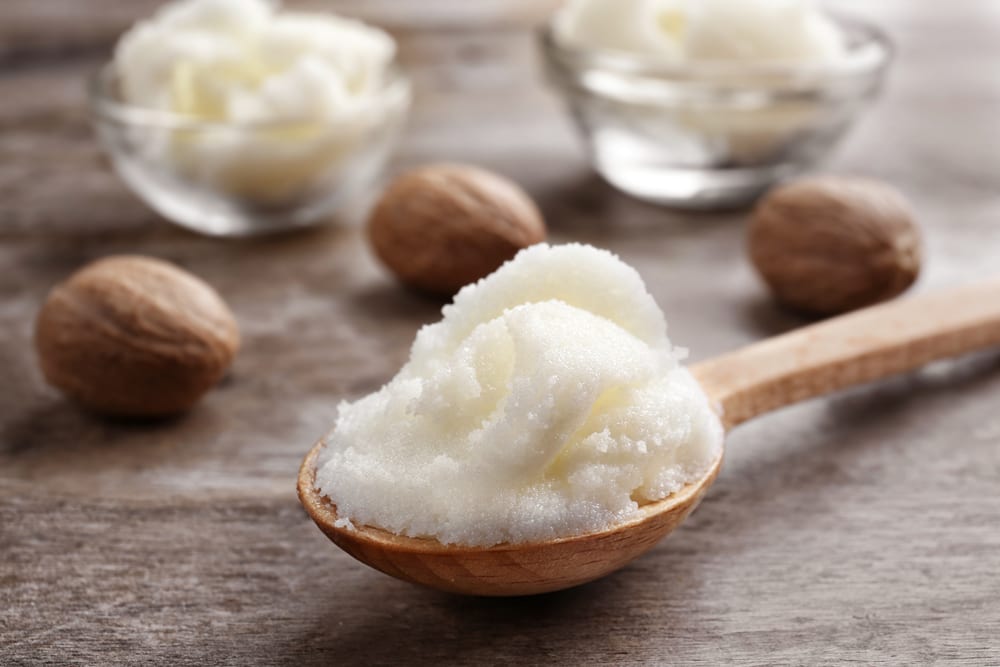
Shea butter is useful in soothing, toning, and conditioning the skin.
Niacinamide
Also known as nicotinamide and vitamin B3, niacinamide is a water-soluble vitamin. Topical applications of niacinamide have been shown to improve red blotchiness, sallowness (yellowing), fine lines and wrinkles, elasticity, as well as hyperpigmented spots. Also, niacinamide has been demonstrated in research to help increase the skin’s production of ceramides and collagen, and to stimulate keratinocyte differentiation, which leads to improved skin appearance and barrier function.
Having the capability to improve the skin’s protective barrier, niacinamide can reduce the impact of environmental stresses and thus helps play a crucial role in repairing signs of skin aging. If left unmanaged, this type of daily damage makes the skin appear dull, older, and less radiant.
Squalane Oil
Squalane oil is a saturated byproduct of squalene oil. It’s naturally produced in skin cells and found in rice bran, olives, sugarcane, wheat germ, and palm trees. Squalene is an unstable unsaturated oil that goes rancid very quickly, making squalane, a saturated oil, the preferred ingredient in skincare products.
Squalane oil helps boost hydration of the skin, making it appear more healthy and vibrant. Its high antioxidant content has been shown in research to fight against free radicals and skin damage that leads to an accelerated aging process. Used regularly, squalane oil can help boost the production of collagen to encourage firmer skin.
Coffee Seed Extract
This ingredient is a green concentrated oil extracted from the coffee bean plant with rich sources of antioxidants that are beneficial for the skin. In research, samples of different sections of human skin have shown that topical application of coffee seed extract can help restore the skin and promote a smoother and healthier look and feel. This plant has been shown to stimulate skin pathways for better moisture retention.
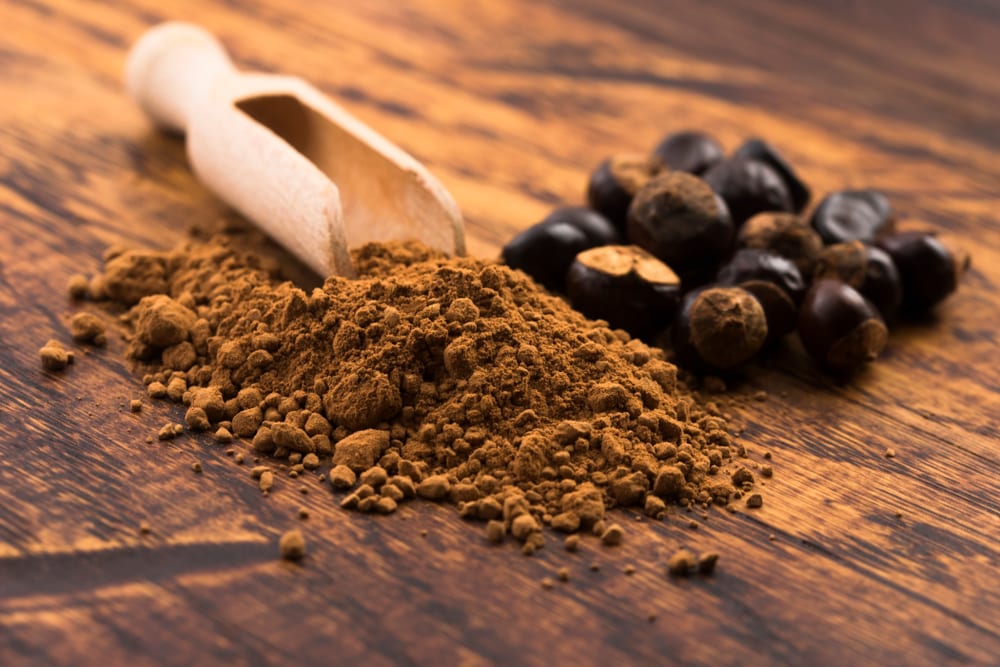
Coffee seed extract is associated with better moisture retention in the skin.
Lactic acid
An alpha hydroxy acid that’s naturally found in sugar cane, milk, citrus fruits, and apples and helps keep the skin feeling moisturized, soft, and smooth, in addition to improving signs of aging. Lactic acid has been shown to stimulate collagen renewal for firmer skin. It’s mainly used to help reduce the appearance of hyperpigmented spots, fine lines, and wrinkles, and other factors that lead to an uneven and less vibrant complexion. Other benefits lactic acid has include reduced pore visibility and improved skin tone.
Ascorbyl Tetraisopalmitate
Ascorbyl tetraisopalmitate is a unique oil-soluble derivative of vitamin C with superior absorption properties compared to other vitamin C derivatives. Vitamin C is crucial to preventing scurvy and a requirement for collagen synthesis. Studies have shown that topical applications of ascorbyl tetraisopalmitate help protect the skin from UV-induced damage by fighting against the formation of free radicals. Research suggests that ascorbyl tetraisopalmitate may help reduce the appearance of fine lines and wrinkles, and repair age-related skin damage caused by environmental stressors.
Pentavitin
Pentavitin®, also known as saccharide isomerate, is a 100% naturally-derived plant extract enriched with hydrating properties for improved appearance of the skin. Pentavitin® has a unique composition similar to carbohydrate complexes found in human skin, binding to skin cells to provide strong moisturizing effects. It creates a moisture reservoir that lasts for 72 hours.
Sym White
Sym white, also known as phenylethyl resorcinol, is a new whitening agent that has been found to inhibit tyrosinase, the enzyme that promotes melanin production for skin color. It has therefore been used as a brightening and whitening ingredient in skincare products. It’s a synthetic ingredient that’s partially derived from natural lightening compounds found in Scotch pine bark. Studies show that it is one of the most effective inhibitors of tyrosinase, being 22 times more potent than kojic acid. When directly compared to β-arbutin, Sym white was shown to be over 100 times as effective at lightening the hair. It serves as a potent and better antioxidant agent than vitamin C, vitamin E, and butylated hydroxytoluene.
In another study, researchers observed the results of a cream that consisted of sym white in addition to three other skin-whitening agents. The cream was used over three months by 20 women, all of whom also used sunscreen. The results demonstrated that the women’s uneven skin tone decreased by 43%. This study also concluded that sym white is more effective to use in products that contain other skin-whitening ingredients with established track records of success in research.
Hyaluronic Acid
A clear sugary substance also known as hyaluronan, hyaluronic acid is naturally produced and found in connective tissue, eyes, and skin. Its primary function is to retain moisture to keep tissues moist and well-lubricated. Hyaluronic serums have been shown to reduce skin inflammation, wrinkles, and dry skin. In recent studies, hyaluronic acid face creams demonstrated a significant improvement in skin elasticity and hydration when compared to a placebo. After 60 days of hyaluronic serum application, wrinkle depth and overall skin roughness improved.
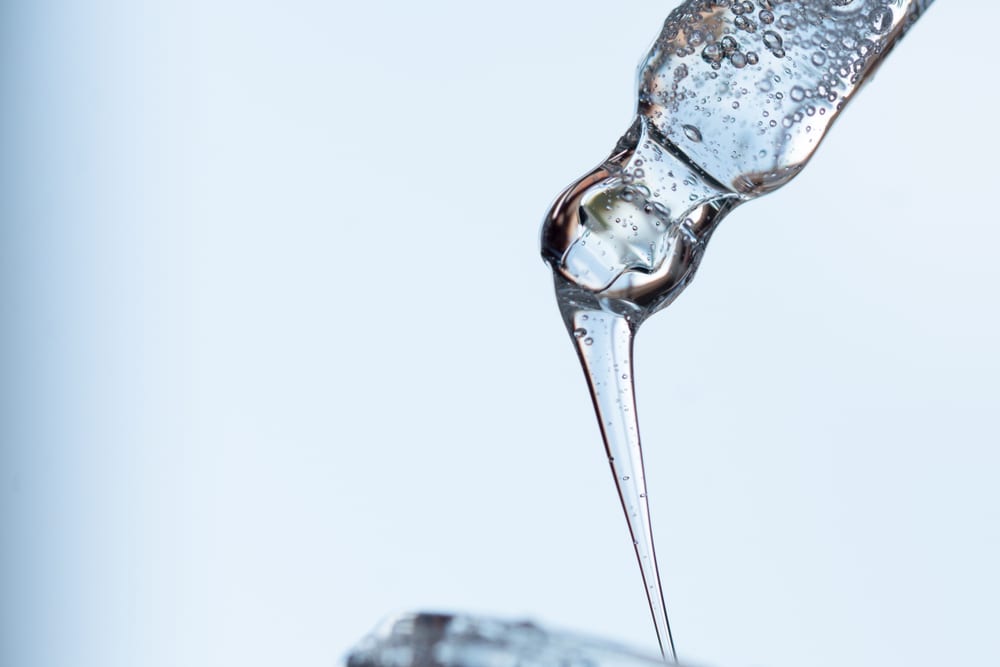
Hyaluronic acid has been shown to cause significant improvement in skin elasticity.
Dimethicone
A 100% active linear silicone polymer that is gentle and non-comedogenic when applied topically on the skin. Dimethicone is a potent conditioning and moisturizing ingredient that can be used on all skin types. Serving as a skin protectant at various levels, dimethicone is primarily useful for those whose skin requires an additional barrier to help prevent moisture loss.
In research, the mild water-repellent nature of dimethicone causes it to form a protective barrier on the skin, filling in fine lines and wrinkles on the face and giving it a “plump” appearance.
Isopropyl Myristate
Isopropyl myristate is a polar emollient commonly used in topical and cosmetic preparation. It has been studied extensively as a skin-texture enhancer and as an ingredient that enhances the absorption of components in cosmetic products.
Isopropyl myristate was once considered a pore-clogging ingredient. However, this evaluation comes from dated studies that don’t apply to how this ingredient is used in today’s skincare products.
Glycerin
Glycol, also known as glycerin, is a non-toxic and sweet-tasting ingredient used on all skin types, including oily skin. It has significant moisturizing properties and serves as a humectant, an agent that absorbs water from the air into the skin and thus reduces dull and dry skin patches. As skin ages, it becomes rough and dry. Using glycerin regularly can make the skin feel smooth by filling in cracks and preventing future skin problems associated with dryness.
In a double-blinded study on 17 healthy volunteers, researchers wanted to observe the influence of hydration on the skin barrier from a cream containing 20% glycerin compared to a placebo cream. After ten days of treatment, the cream containing 20% glycerin increased skin hydration significantly more than the placebo.
References
- Estanqueiro, M., Conceição, J., Amaral, M. H., & Sousa, J. L. (2014). Characterization, sensorial evaluation and moisturizing efficacy of nanolipidgel formulations. International journal of cosmetic science, 36(2), 159-166.
- Al-Obaidi, J. R., Halabi, M. F., AlKhalifah, N. S., Asanar, S., Al-Soqeer, A. A., & Attia, M. F. (2017). A review on plant importance, biotechnological aspects, and cultivation challenges of the jojoba plant. Biological Research, 50.
- Evans, J. A., & Johnson, E. J. (2010). The role of phytonutrients in skin health. Nutrients, 2(8), 903-928.
- Wertz, P. W. (2009). Human synthetic sebum formulation and stability under conditions of use and storage. International Journal of cosmetic science, 31(1), 21-25.
- Jadoon, S., Karim, S., Asad, M. H. H. B., Akram, M. R., Kalsoom Khan, A., Malik, A., … & Murtaza, G. (2015). The anti-aging potential of phytoextract loaded-pharmaceutical creams for human skin cell longevity. Oxidative medicine and cellular longevity, 2015.
- Keen, M. A., & Hassan, I. (2016). Vitamin E in dermatology. Indian dermatology online journal, 7(4), 311.
- Pandel, R., Poljšak, B., Godic, A., & Dahmane, R. (2013). Skin photoaging and the role of antioxidants in its prevention. ISRN Dermatology, 2013.
- Lin, T. K., Zhong, L., & Santiago, J. (2017). Anti-inflammatory and skin barrier repair effects of topical application of some plant oils. International journal of molecular sciences, 19(1), 70.
- Israel, M. O. (2014). Effects of topical and dietary use of shea butter on animals. Am J Life Sci, 2(5), 303
- Gehring, W. (2004). Nicotinic acid/niacinamide and the skin. Journal of cosmetic dermatology, 3(2), 88-93.
- Levin, J., & Momin, S. B. (2010). How much do we know about our favorite cosmeceutical ingredients?. The Journal of clinical and aesthetic dermatology, 3(2), 22.
- Navarrete-Solís, J., Castanedo-Cázares, J. P., Torres-Álvarez, B., Oros-Ovalle, C., Fuentes-Ahumada, C., González, F. J., … & Moncada, B. (2011). A double-blind, randomized clinical trial of niacinamide 4% versus hydroquinone 4% in the treatment of melasma. Dermatology research and practice, 2011.
- Kim, S. K., & Karadeniz, F. (2012). Biological importance and applications of squalene and squalane. Advances in food and nutrition research (Vol. 65, pp. 223-233). Academic Press.
- Del Carmen Velazquez Pereda, M., de Campos Dieamant, G., Eberlin, S., Nogueira, C., Colombi, D., Di Stasi, L. C., & De Souza Queiroz, M. L. (2009). Effect of green Coffea arabica L. seed oil on extracellular matrix components and water‐channel expression in in vitro and ex vivo human skin models. Journal of cosmetic dermatology, 8(1), 56-62.
- Tran, D., Townley, J. P., Barnes, T. M., & Greive, K. A. (2015). An anti-aging skincare system containing alpha hydroxy acids and vitamins improves the biomechanical parameters of facial skin. Clinical, cosmetic, and investigational dermatology, 8, 9.
- Hon, K. L., Kung, J. S. C., Ng, W. G. G., & Leung, T. F. (2018). Emollient treatment of atopic dermatitis: latest evidence and clinical considerations. Drugs in context, 7.
- Kim, B. S., Na, Y. G., Choi, J. H., Kim, I., Lee, E., Kim, S. Y., … & Cho, C. W. (2017). The improvement of skin whitening of phenyl ethyl resorcinol by nanostructured lipid carriers. Nanomaterials, 7(9), 241.
- Dreher, F., Draelos, Z. D., Gold, M. H., Goldman, M. P., Fabi, S. G., & Puissegur Lupo, M. L. (2013). Efficacy of hydroquinone‐free skin‐lightening cream for photoaging. Journal of cosmetic dermatology, 12(1), 12-17.
- Jegasothy, S. M., Zabolotniaia, V., & Bielfeldt, S. (2014). Efficacy of a new topical nano-hyaluronic acid in humans. The Journal of clinical and aesthetic dermatology, 7(3), 27.
- Pavicic, T., Gauglitz, G. G., Lersch, P., Schwach-Abdellaoui, K., Malle, B., Korting, H. C., & Farwick, M. (2011). Efficacy of cream-based novel formulations of hyaluronic acid of different molecular weights in anti-wrinkle treatment. Journal of drugs in dermatology: JDD, 10(9), 990-1000.
- Pellicoro, C., Marsella, R., & Ahrens, K. (2013). A pilot study to evaluate the effect of topical dimethicone on clinical signs and skin barrier function in dogs with naturally occurring atopic dermatitis. Veterinary medicine international, 2013.
- Engelbrecht, T. N., Demé, B., Dobner, B., & Neubert, R. H. H. (2012). Study of the influence of the penetration enhancer isopropyl myristate on the nanostructure of stratum corneum lipid model membranes using neutron diffraction and deuterium labeling. Skin pharmacology and physiology, 25(4), 200-207.
- Milani, M., & Sparavigna, A. (2017). The 24-hour skin hydration and barrier function effects of a hyaluronic 1%, glycerin 5%, and Centella Asiatica stem cells extract moisturizing fluid: An intra-subject, randomized, assessor-blinded study. Clinical, cosmetic, and investigational dermatology, 10, 311.
- Lodén, M., & Wessman, W. (2001). The influence of a cream containing 20% glycerin and its vehicle on skin barrier properties. International Journal of cosmetic science, 23(2), 115-119.
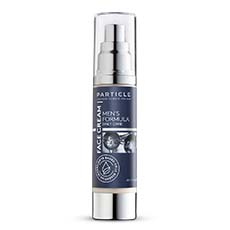
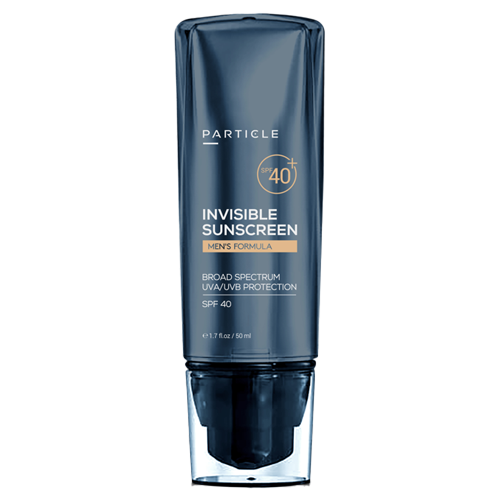
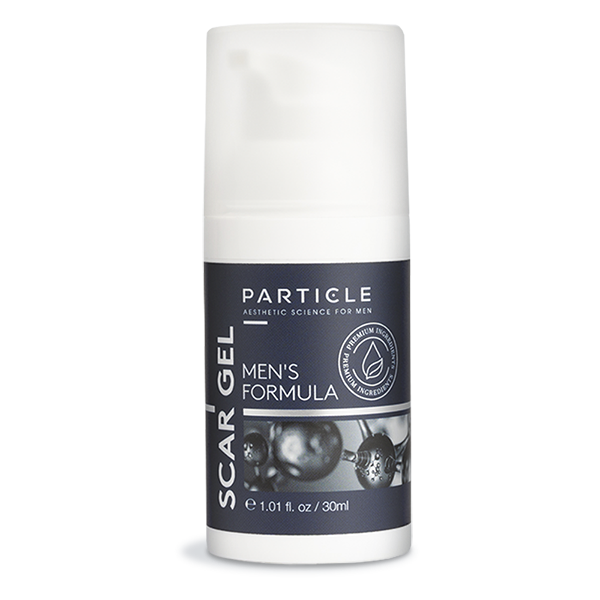
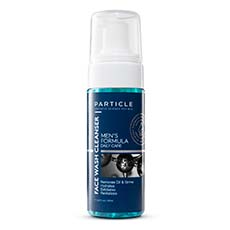
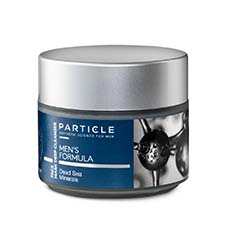
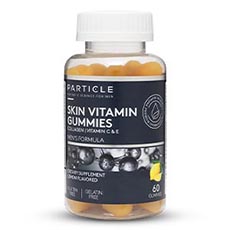
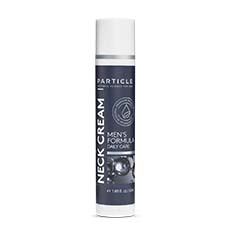
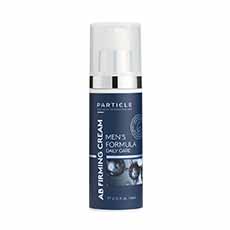
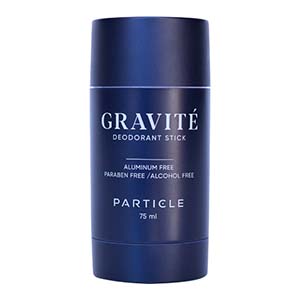

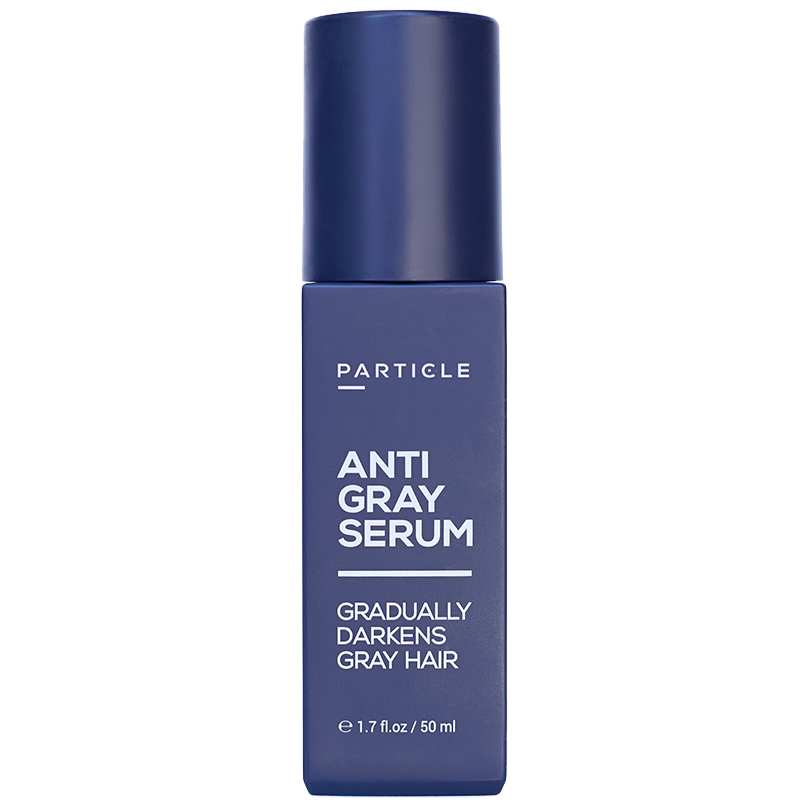
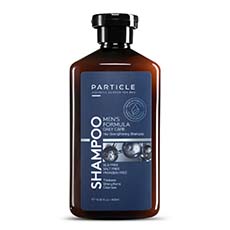
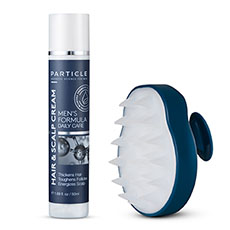
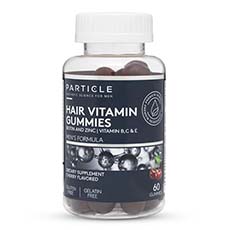
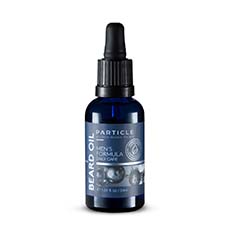
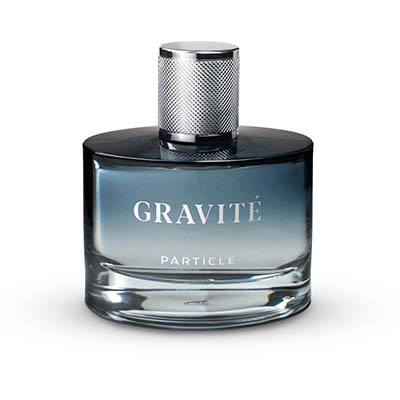

 en
en













